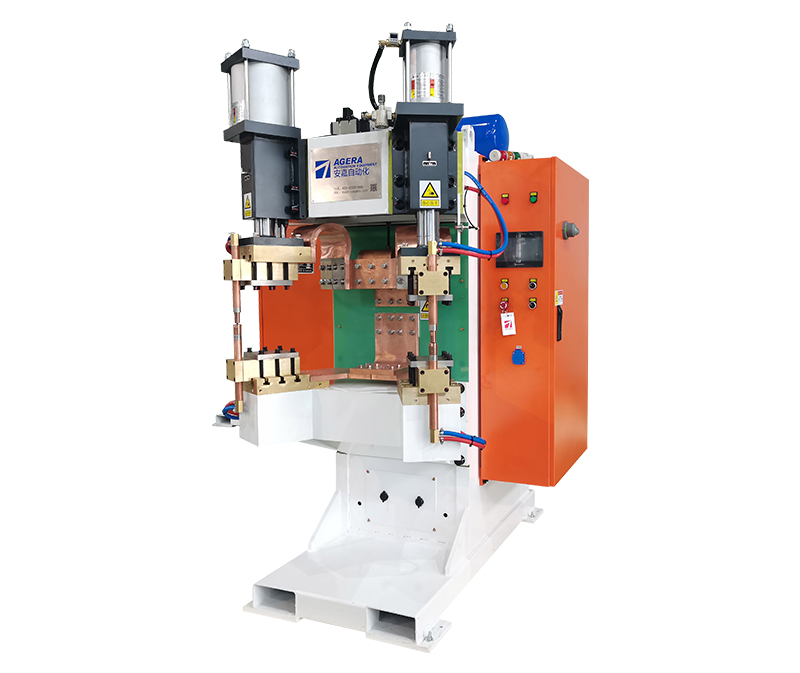Nut spot welding is a common industrial process used to join two pieces of metal by creating a strong and durable connection. However, it is not uncommon for the weld spots to turn yellow after the welding process. This change in color can be attributed to several factors.
- Heat Exposure: During the welding process, the metal surfaces are subjected to extremely high temperatures, which can cause oxidation and discoloration. When the metal gets too hot, a layer of oxide forms on the surface, resulting in a yellowish tint.
- Material Contamination: If the metal being welded contains impurities or contaminants, these can react with the intense heat and create discoloration. These impurities might include oils, paints, or coatings that were not properly cleaned before welding.
- Inadequate Shielding: Welding processes often use shielding gases to protect the weld from atmospheric contamination. If the shielding gas is not properly applied or if there are leaks in the welding environment, it can lead to discoloration of the weld spots.
- Welding Parameters: The specific parameters used during the welding process, such as voltage, current, and welding time, can influence the color change of the weld spots. Using incorrect settings may result in a yellowish appearance.
- Type of Metal: Different metals can react differently to the welding process. Some metals are more prone to discoloration than others. The type of material being welded can impact the color change.
To prevent or minimize the yellowing of weld spots in nut spot welding, the following steps can be taken:
- Proper Cleaning: Ensure that the metal surfaces to be welded are clean and free from any contaminants. Thoroughly clean and degrease the metal to reduce the risk of discoloration.
- Optimized Welding Parameters: Adjust the welding parameters to the recommended settings for the specific material and thickness being welded. This can help achieve a cleaner, less discolored weld.
- Shielding Gas Control: Monitor the shielding gas to make sure it is effectively protecting the weld from atmospheric contamination. Proper gas flow and coverage are crucial.
- Material Selection: If possible, choose materials that are less prone to discoloration during welding, or explore alternative welding methods for specific applications.
In conclusion, the yellowing of weld spots in nut spot welding is a common occurrence, and it can be attributed to various factors such as heat exposure, material contamination, inadequate shielding, welding parameters, and the type of metal being used. By taking appropriate precautions and following best practices, it is possible to reduce or eliminate this discoloration, resulting in a cleaner and more aesthetically pleasing weld.
Post time: Oct-24-2023








